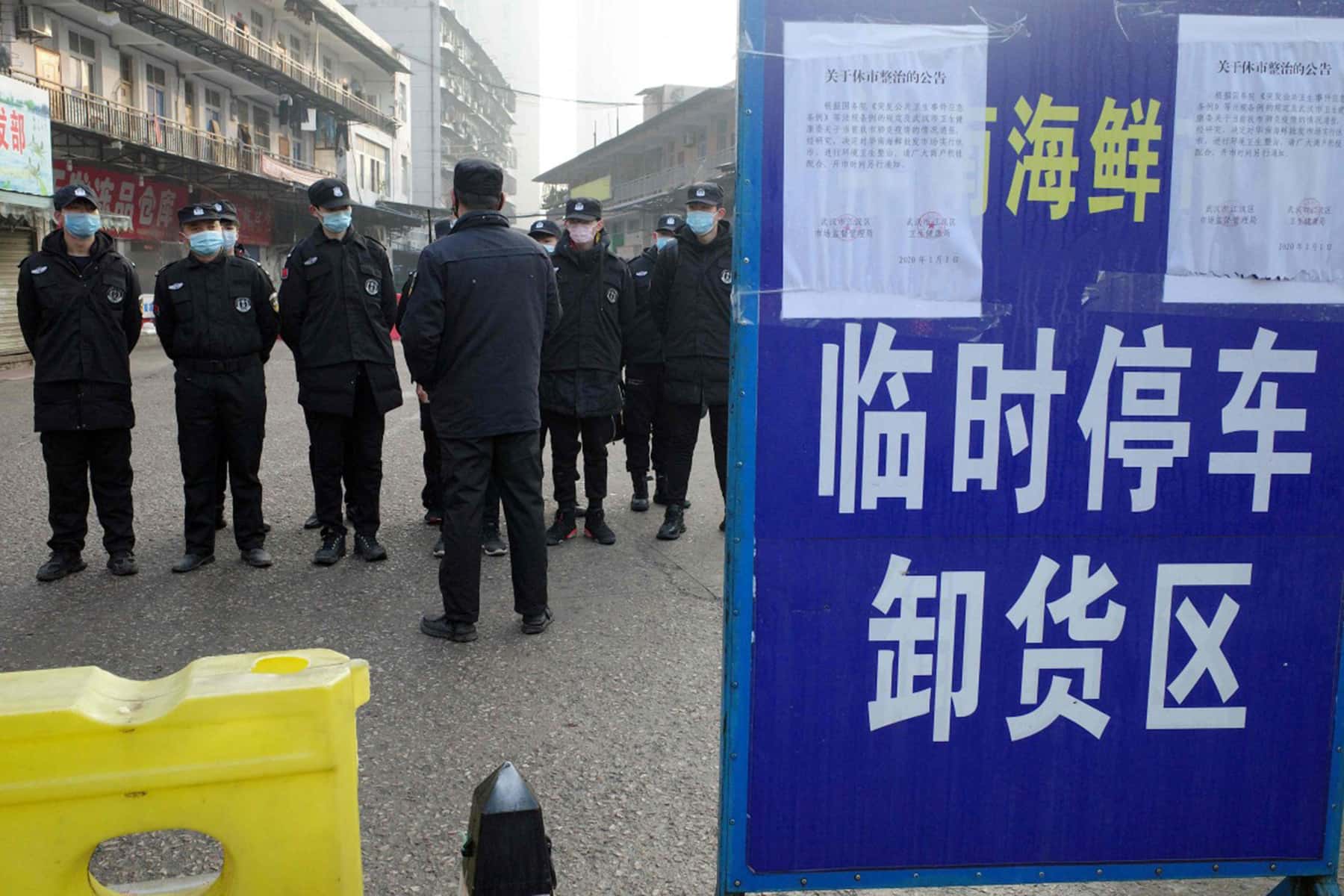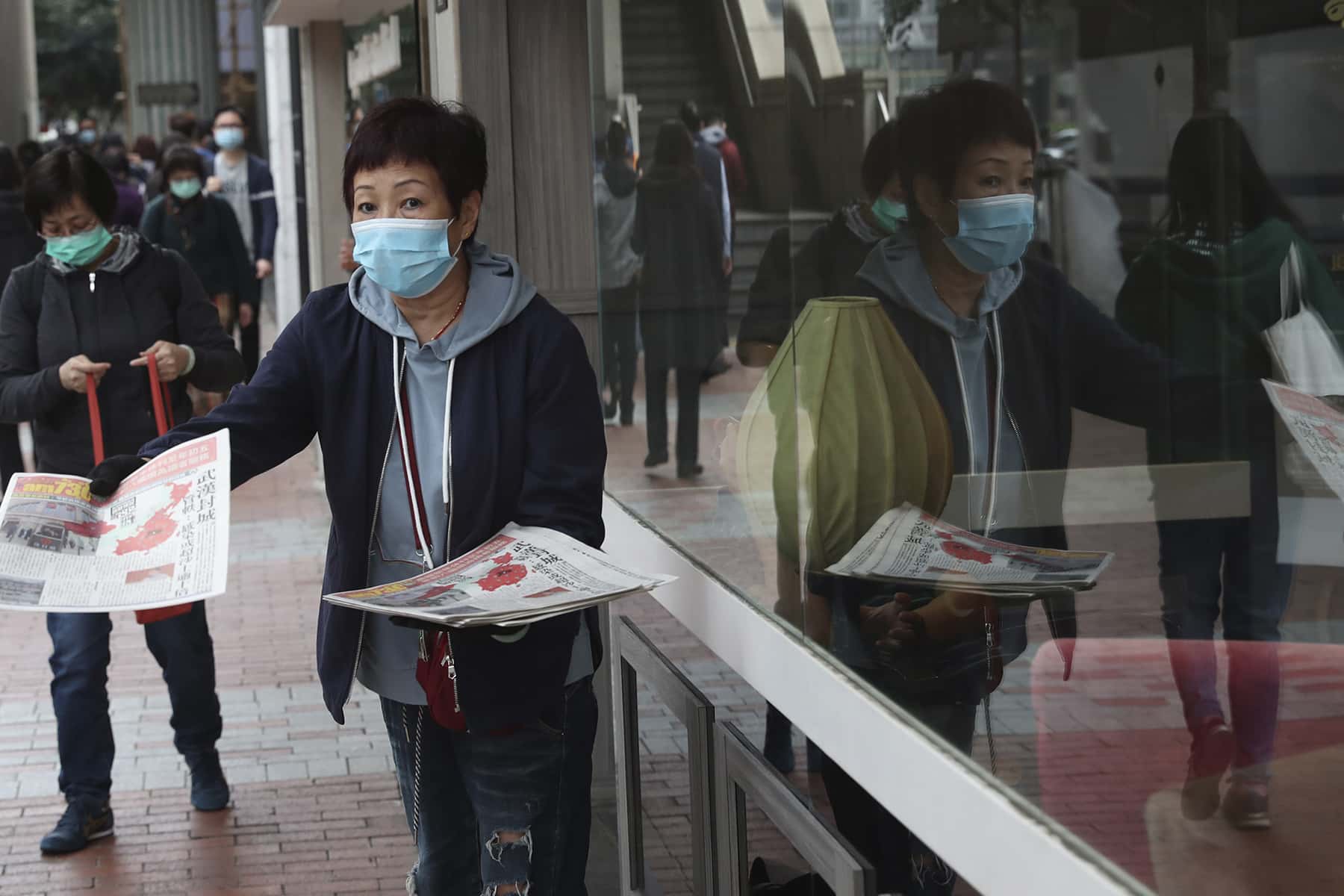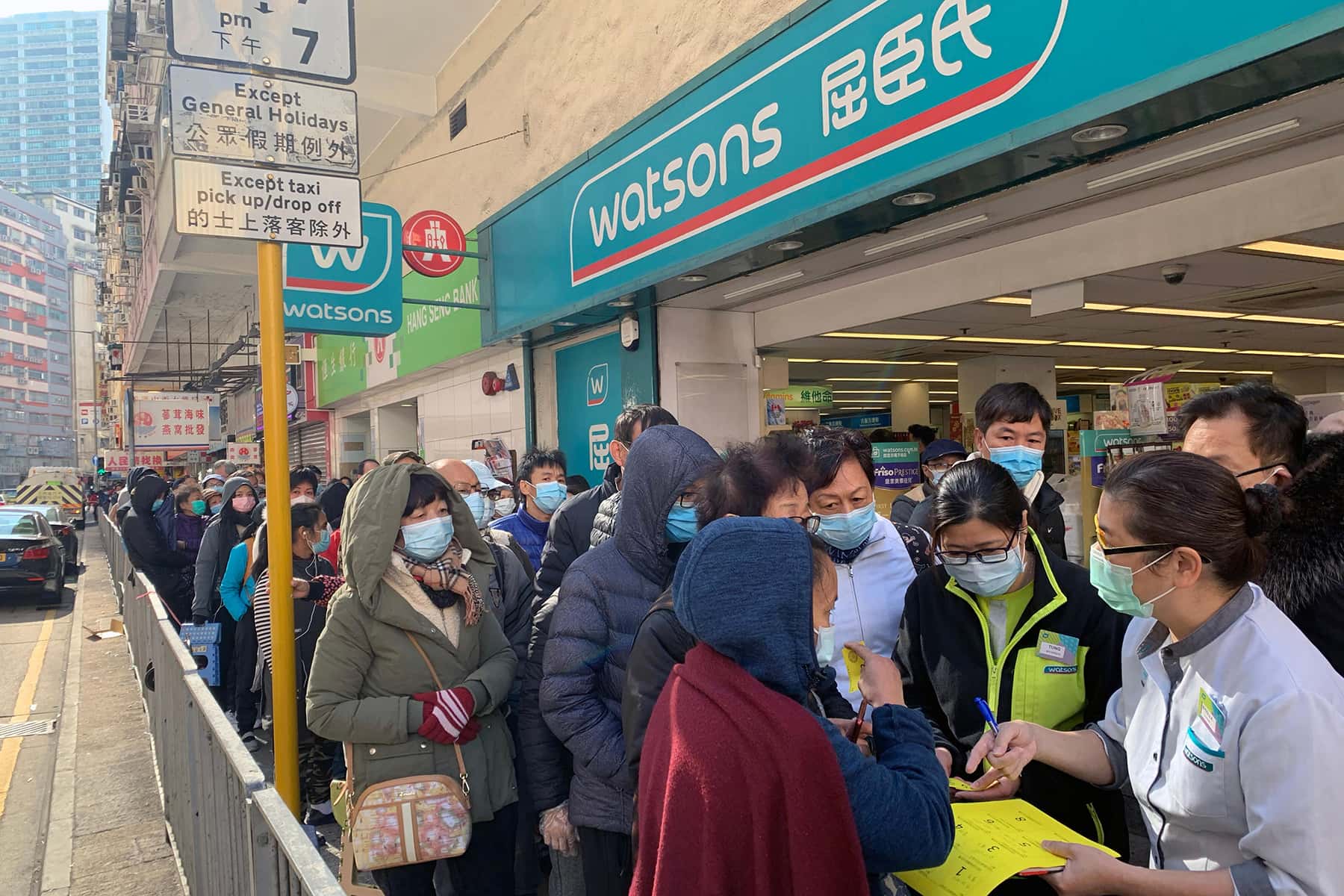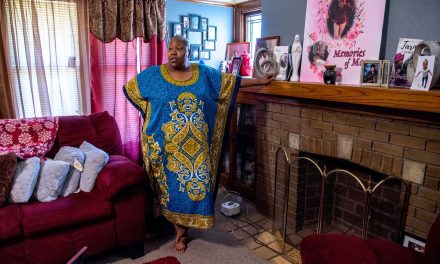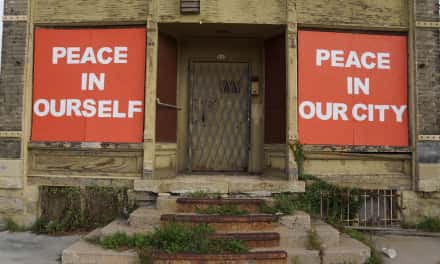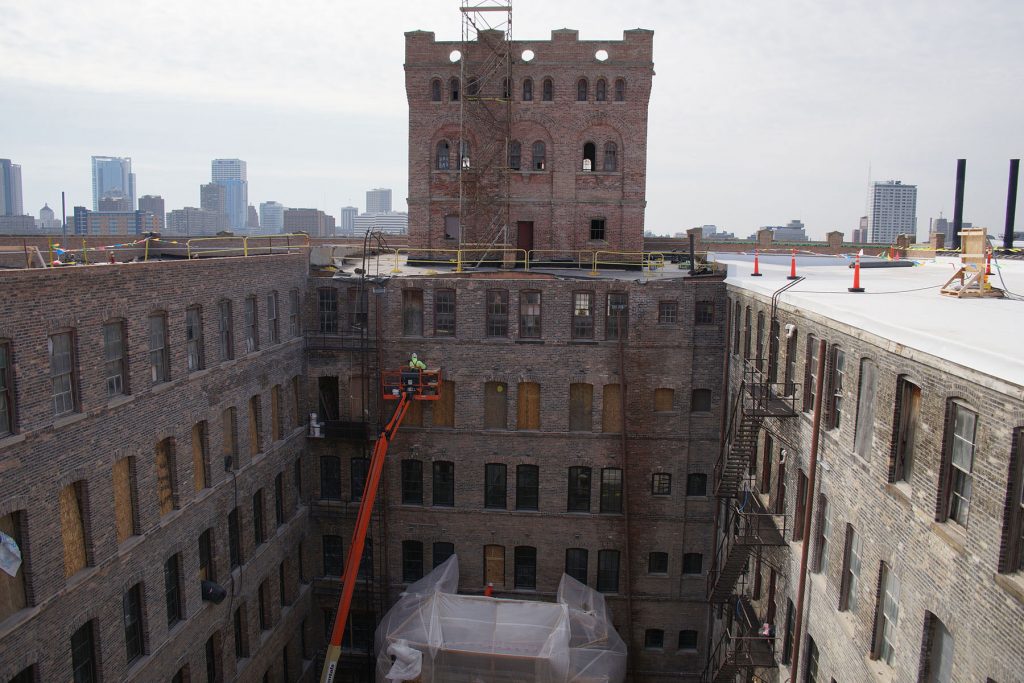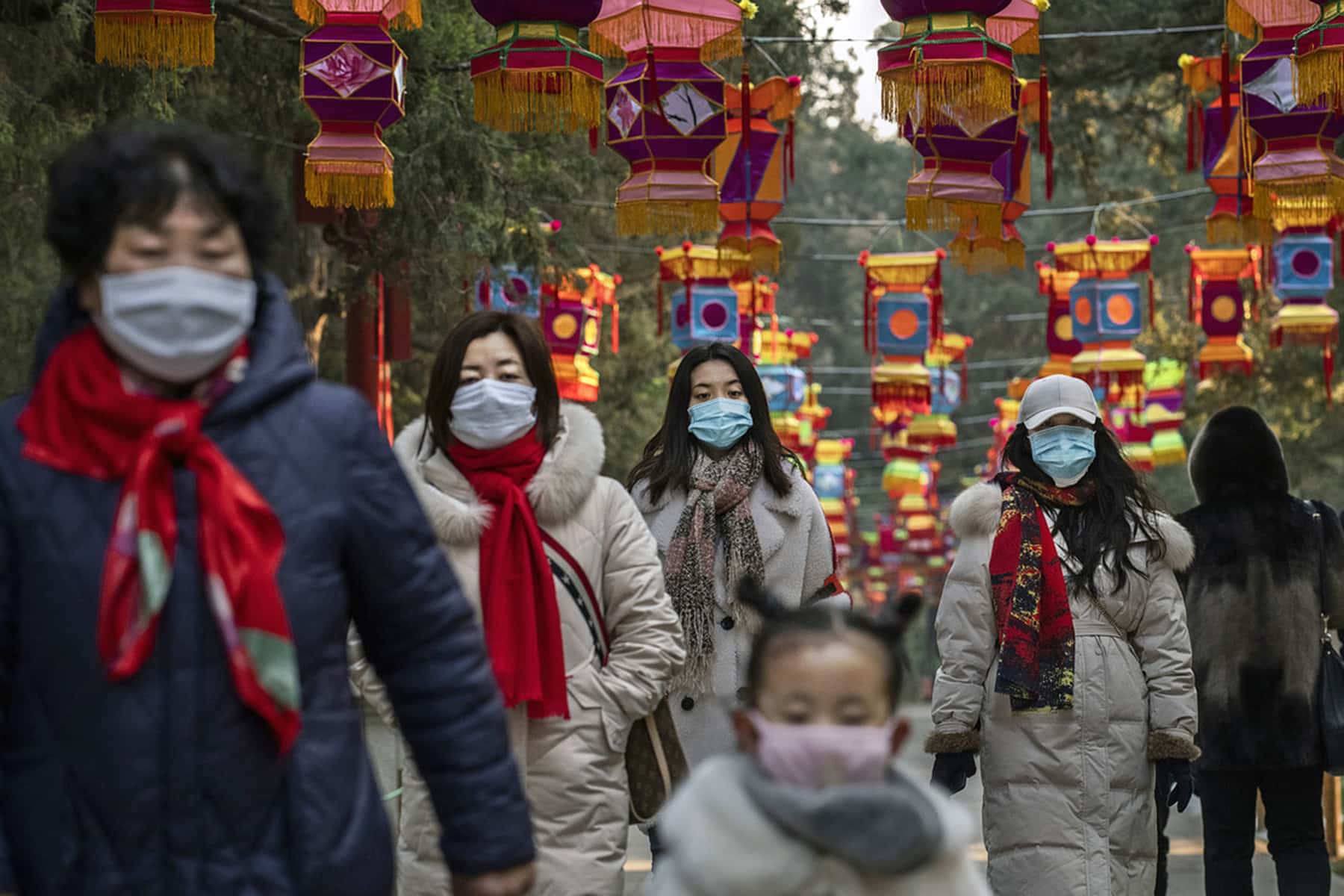
“The virus is faster than our bureaucracy.”
– The head of the Italian Protezione Civile (the Italian equivalent of FEMA)
Italy has suffered more COVID-19 deaths than any nation in the world. On March 19 they surpassed China’s death toll when 3,405 total deaths had been recorded. In the two weeks since then, the death toll has grown to over 13,000. We can learn a lot about what the outbreak will look like in the United States by taking a closer look at China and Italy.
A recent article in Harvard Business Review by Gary P. Pisano, Raffaella Sadun and Michele Zanini discusses some of the missteps in China and Italy and what we can learn from them. In many ways Italy did not learn from what happened in Wuhan, a region of China where virus first emerged. Officials and doctors in Wuhan made critical mistakes leading to the huge death toll there. Italy has followed in their footsteps making the same mistakes.
We are now making the exact same mistakes here in the United States. China only slowed the spread of the virus with a mass quarantine of coronavirus patients with mild symptoms instead of letting them isolate at home.
“Doctors in Wuhan made the same error early on in the outbreak. While seriously ill patients were admitted to hospitals, doctors at the time recommended that those with mild symptoms isolate themselves at home, in part to reduce the strain on Wuhan’s overburdened health care system.” – Liang Zong’An, head of the respiratory department at the West China Hospital at Sichuan University.
This ended up being a critical mistake. Doctors know that people who are asymptomatic or with just with mild symptoms risk exposing family members and others as they travel outside of their homes. In Italy people with confirmed cases are still traveling freely around their towns despite the lockdown in place. Far too many people in Italy are still not practicing social distancing. Italy’s large percentage of elderly residents is one of the leading causes of the large number of deaths there, as that group is more likely to succumb to the disease.
Dr. Liang and his team traveled to Italy to advise them on how to handle the crisis and were disappointed that Italian officials were making the same mistakes they had seen early on in Wuhan months ago. At that time no one new how easily the virus was transmitted or how infectious the disease was. They learned the hard way as deaths rose rapidly. They told the Italian authorities that they must forcibly isolate patients with mild symptoms from their families.
Just the mere mention of the word quarantine by President Trump last week scared the people of New York more than the virus itself. Instead of quarantine, a “strong travel advisory” has been issued for New York, New Jersey and Connecticut by the Centers for Disease Control and Prevention (CDC) urging residents to “refrain from nonessential domestic travel for 14 days effective immediately.” About half of all COVID-19 cases in the country are in New York State and nearly 1,000 of the 2,500 Americans to die have died there. Those who leave home without permission are facing $500 fines.
The issue with a quarantine is that it makes no since to quarantine everybody. China did not quarantine everybody despite what many think. Bloomberg News reported that, “Wuhan began quarantining all mild cases in makeshift hospitals converted from offices, stadiums and gymnasiums in early February, a move that helped dramatically slow the spread of the virus.”
A study of one province in China showed that 80% of cluster infections originated from people told to rest at home, according to Xiao Ning, a researcher from the Chinese Center for Disease Control and Prevention who was part of Dr. Liang’s team according to reporting by Bloomberg News. In Milan, Italy they are beginning for the first time to seize hotels as places to isolate patients with mild symptoms.
President Trump extended social distancing guidelines to April 30 after initially saying he wanted to end them at the beginning of April. Dr. Anthony Fauci of the National Institute of Allergy and Infectious Diseases estimates between 100,000 to 200,000 deaths are possible in the United States before this crisis ends.
There are important lesson to be learned by looking at how authorities in Lombardy and Veneto, two neighboring Italian regions handled the outbreak and saw vastly different results. Lombardy has about 35,000 confirmed cases out of its 10 million residents. Over 5,000 people have died there. Veneto on the other hand has about 5 million residents, 7,000 confirmed cases and just under 300 deaths.
“The trajectories of these two regions have been shaped by a multitude of factors outside the control of policymakers, including Lombardy’s greater population density and higher number of cases when the crisis erupted. But it is becoming increasingly apparent that different public health choices made early in the cycle of the pandemic also had an impact.” – Harvard Business Review
What did Veneto do that Lombardy did not? They did extensive testing of people whether they showed symptoms or not. Lombardy basically only tested those with symptoms. Secondly Veneto required everyone who lived with someone who tested positive and their neighbors to be tested as well and if test were not available they had to self-quarantine. In Veneto health care providers went to people’s homes and tested them instead of requiring them to leave home possibly exposing other community members at a hospital or clinic. Lombardy did not do this as extensively as Veneto. Veneto has tested twice as many people as Lombardy despite having half its population.
Another important step that helped in Veneto was that “doctors, nurses, caregivers at nursing homes, even grocery store cashiers and pharmacists, were monitored closely for possible infection and given ample protective gear to limit exposure.” It was not until weeks later that Lombardy began to copy what Veneto was doing.
“The set of policies enacted in Veneto are thought to have considerably reduced the burden on hospitals and minimized the risk of COVID-19 spreading in medical facilities, a problem that has greatly impacted hospitals in Lombardy. The fact that different policies resulted in different outcomes across otherwise similar regions should have been recognized as a powerful learning opportunity from the start. The findings emerging from Veneto could have been used to revisit regional and central policies early on. Yet, it is only in recent days, a full month after the outbreak in Italy, that Lombardy and other regions are taking steps to emulate some of the aspects of the “Veneto approach,” which include pressuring the central government to help them boost their diagnostic capacity.” – Harvard Business Review
This approach will be difficult in the United States because of the red tape of bureaucracy from decentralized entities making decisions from the federal government to states, counties, cities and huge health care providers.
I have seen what I consider to be major failures here that will be very impactful moving forward. A family member was rushed to the hospital last week and is fighting for her life against COVID-19. Her son who literally carried her to the ambulance and her husband were both told by her doctor that they did not need to be tested and should simply self-quarantine for two weeks. Protocols by large health care providers in place in Milwaukee and other places are requiring people to have symptoms to be tested even if they have obviously been exposed to someone with the virus. This makes no sense and is the exact opposite of what was found to be successful in the Veneto region of Italy.
Secondly we are not testing or closely monitoring people who are medical professionals in clinics and hospitals, nursing home staff, first responders like paramedics and police officers and those working in pharmacies, grocery stores and other places where they are likely to come into contact with people who may be sick. Well over 800,000 Americans have been tested so far.
It is a huge mistake to not make sure that these individuals are not prioritized. We are stubbornly only testing staff in hospitals and clinics if they are showing symptoms first. Testing them in the way it was done in Veneto as I said earlier was an important part of what worked and is being copied in other regions of Italy weeks later than should have been done. Our hospitals will be inundated with sick people moving forward and we cannot afford to not have the staff members be healthy enough to treat patients.
“It is especially important to understand what does not work. While successes easily surface thanks to leaders eager to publicize progress, problems often are hidden due to fear of retribution, or, when they do emerge, they are interpreted as individual — rather than systemic — failures.” – Harvard Business Review
It is too late to go back and fix the issues with the number of test kits. That cannot be fixed. However, we can be smarter about how we address this crisis by looking at the errors made in Wuhan and Lombardy to make better decisions about what we should be doing. Far too many lives will be lost if we do not get our act together as soon as possible.
© Photo
Sоuth Chіnа Mоrnіng Pоst

